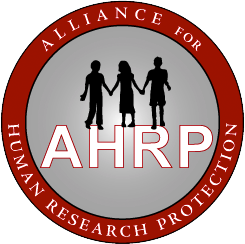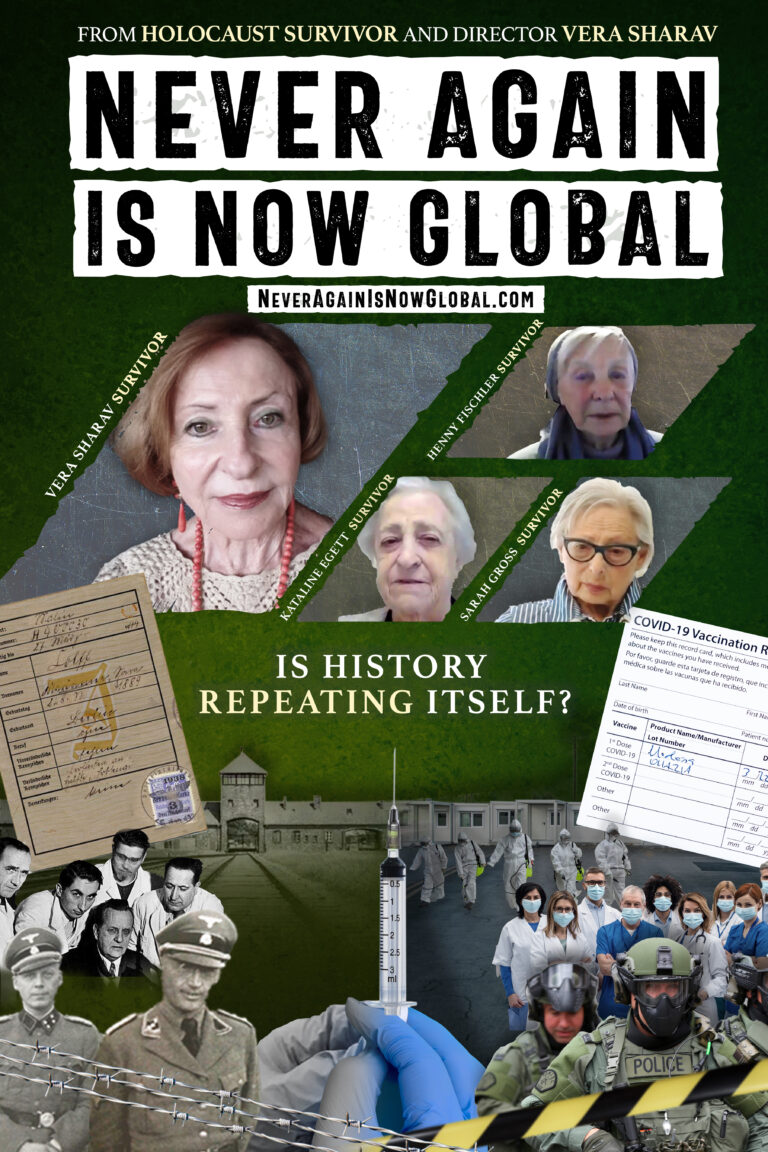Vera Sharav’s documentary “Never Again is Now Global” now available
Holocaust survivors, children and grandchildren of survivors express their concerns about the ominous current events. These survivors are likely to be the last generation of witnesses who remember. A Five-Part Docuseries Click here to watch the series To watch the full series, go here now: NeverAgainisNowGlobal.com

